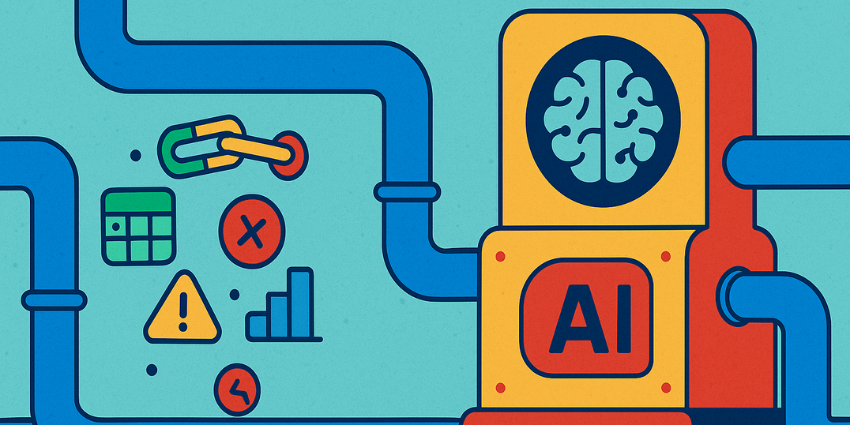Salesforce continues to upgrade its Agentforce platform, with its latest move to release a new Agentforce Builder in Beta.
In doing so, the CRM leader hopes businesses will be able to design, test, and deploy Agentforce agents much faster.
Already, users can do so via a no-/low-code interface. Yet, Salesforce promises that the next-generation Builder will be more collaborative, giving admins and developers a unified workspace.
From that workspace, users can create their own AI agents through natural language instructions, pro-code scripting, or simple conversations with a built-in AI assistant.
Meanwhile, they can simulate and debug in real time using intuitive language models and Retrieval Augmented Generation (RAG), apply deterministic logic for more control, and take advantage of built-in AI guidance from that native assistant.
The beta version of the Agentforce Builder follows several other recent moves to bolster the platform, which 12,500 companies have installed, less than 12 months since launch.
Last month, it changed the pricing model, offering new pay-as-you-go and pre-commit options.
Since the start of the year, it has also launched industry- and department-specific Agentforce offerings, lowering the barrier to entry and making AI agents simpler to build. In August, it released two such solutions in just three days.
At one point, Marc Benioff even joked with Elon Musk that he’d rename the company ‘Agentforce’.
While that may be unlikely, the new Agentforce Builder is another major move, and just one of many new additions that will come to life at next month’s Dreamforce 2025 event.
More New Agentforce Additions to Watch Out for at Dreamforce
The beta version of Agentforce Builder is part of Salesforce’s Winter 2026 Release, which will roll out on October 13, the day before Dreamforce kicks off.
That release contains over 100 new solutions and features. Here are four of the big headlines relating to Agentforce.
1. A New, Agentic ITSM Solution
So, this doesn’t sit on the Agentforce platform; it’s on Service Cloud. However, the new Agentic IT Service solution, as the name suggests, has native Agentforce agents.
Agentic IT Service is an IT service management (ITSM) solution that makes Salesforce’s case management technology available to IT teams on Slack.
While some may view this as a rebuke to ServiceNow, with the vendor infringing on Salesforce’s CRM base, the move underscores how the customer service and ITSM spaces are converging.
2. Agentforce Observability
Like ServiceNow, Salesforce will also release a Control Tower-esque innovation with the launch of Agentforce Observability.
Aligned with the Command Center Salesforce announced at the launch of Agentforce 3, this provides a unified control over an enterprise’s autonomous AI agents – built on Agentforce and other platforms – to monitor, optimize, and scale their activity. It will also help leaders quantify their ROI.
3. Agentforce Grid
Agentforce Grid is a new tool designed to bring the old world of spreadsheets together with the new world of AI agents.
Indeed, with its spreadsheet-like interface, Grid takes CRM data, AI prompts, and actions to prototype new Agentforce-powered workflows.
In doing so, Salesforce hopes to further accelerate AI solution development with intuitive, low-code experimentation.
4. More Industry-Specific Agentforce Offerings
Finally, Salesforce is bolstering its industry-specific Agentforce offerings.
For example, Agentforce for Financial Services will now prepackage skills and actions so banks can more simply configure Agentforce agents that run outbound campaigns for debt recovery.
In adding to these offerings, Salesforce continues to encourage experimentation, build confidence, and hope that customers will have more faith in creating complex, multi-agent flows.
Salesforce is also launching new versions of its department-specific Agentforce offerings, including Agentforce for Sales and Security.







